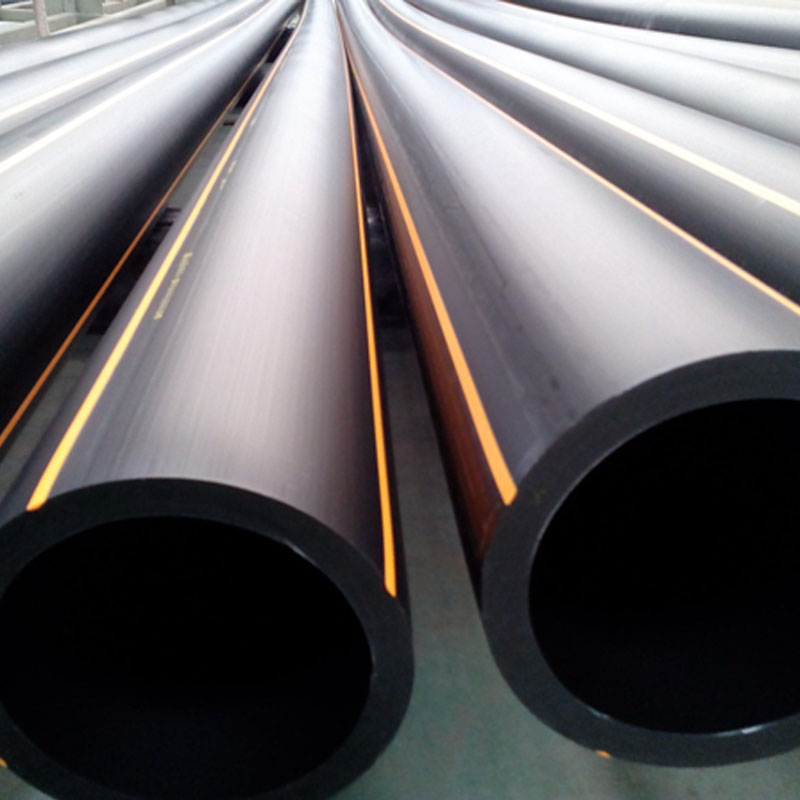Sep . 26, 2024 02:53 Back to list
ppr pipe heating time products
Understanding the Heating Time for PPR Pipes A Comprehensive Guide
PPR (Polypropylene Random Copolymer) pipes are increasingly popular in plumbing and heating systems due to their durability, resistance to corrosion, and lower environmental impact compared to traditional materials like metal and PVC. One crucial factor when working with PPR pipes is the heating time required for efficient installation and operation. This article delves into the heating time for PPR pipes, factors influencing it, and best practices for ensuring optimal performance.
What is PPR Pipe?
PPR pipes are made from polypropylene, a lightweight and versatile plastic ideal for cold and hot water systems. Their smooth inner surface reduces flow resistance, leading to improved efficiency, while their ability to withstand high temperatures (up to 95°C or 203°F) makes them suitable for both residential and industrial applications. However, unlike rigid materials, PPR pipes require careful handling and specific techniques, especially when it comes to heating for joint fusion.
Importance of Heating Time
Heating PPR pipes is essential for creating secure and long-lasting joints through fusion welding. This process involves melting the ends of the pipes and fittings using a specially designed heating tool. Once the appropriate temperature is reached, the softened materials are pressed together, allowing them to cool into a solid bond. The heating time directly affects the strength and integrity of these joints, making it a critical factor in ensuring the system's reliability.
Factors Influencing Heating Time
1. Pipe Diameter The size of the pipe significantly impacts the heating time. Larger diameter pipes require more time to reach the necessary temperature compared to smaller ones. For instance, a 20mm pipe may need about 40 seconds of heating, while a 63mm pipe might require up to 90 seconds.
2. Ambient Temperature The surrounding environmental temperature can also affect heating time. In colder conditions, the heating tool may need additional time to achieve the desired temperature, as the heat dissipates more quickly.
3. Heating Tool Efficiency The type and quality of the heating tool used also play a critical role. High-quality, well-calibrated heaters tend to provide more uniform and quicker heating, reducing the overall time required.
4. Material Thickness Thicker pipe walls naturally require more time to heat through than thinner ones. When working with specified PPR grades, it is essential to adhere to the manufacturer's guidelines concerning heating times.
ppr pipe heating time products

5. Joint Design Different types of joints might have varying requirements concerning heating. Socket and electrofusion joints, for example, may necessitate specific heating durations to ensure a proper bond.
Best Practices for Heating PPR Pipes
To ensure optimal heating times and the integrity of installations, several best practices are recommended
- Use a High-Quality Heating Tool Invest in a reliable heating tool designed for PPR pipes to assure consistent heating.
- Follow Manufacturer Guidelines Always refer to the manufacturer's specifications regarding heating times and temperature settings for different pipe sizes and wall thicknesses.
- Conduct Regular Maintenance Regularly check and maintain heating tools to ensure they are functioning correctly and efficiently.
- Test Joints After heating and fusing pipes, conduct pressure tests to ensure that joints are strong and leak-free.
- Maintain Proper Environment Where possible, avoid working in overly cold environments that could impede the heating process.
Conclusion
Properly heating PPR pipes is crucial for installing sturdy and reliable plumbing systems. By understanding the factors influencing heating times and implementing best practices, you can achieve seamless joints that stand the test of time. As the demand for efficient and sustainable plumbing solutions grows, mastering the intricacies of PPR pipe installation will become increasingly important for professionals in the field. By focusing on heating time and its implications, you ensure quality work and enhance the longevity of your plumbing and heating systems.
-
High-Quality PVC Borehole Pipes Durable & Versatile Pipe Solutions
NewsJul.08,2025
-
High-Quality PVC Perforated Pipes for Efficient Drainage Leading Manufacturers & Factories
NewsJul.08,2025
-
High-Quality PVC Borehole Pipes Durable Pipe Solutions by Leading Manufacturer
NewsJul.08,2025
-
High-Quality PVC Borehole Pipes Reliable PVC Pipe Manufacturer Solutions
NewsJul.07,2025
-
High-Quality UPVC Drain Pipes Durable HDPE & Drain Pipe Solutions
NewsJul.07,2025
-
High-Quality Conduit Pipes & HDPE Conduit Fittings Manufacturer Reliable Factory Supply
NewsJul.06,2025

